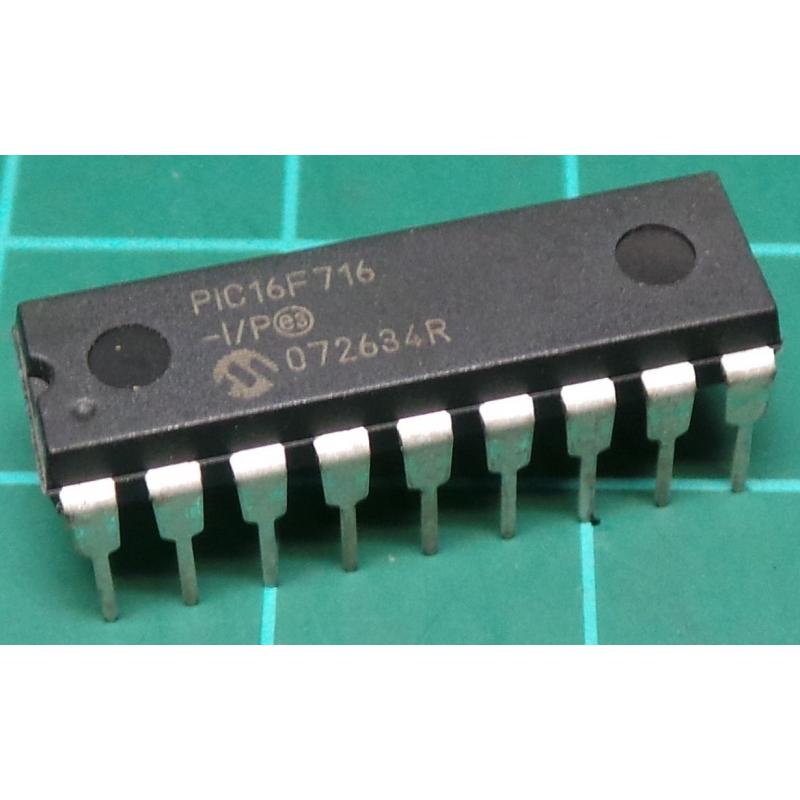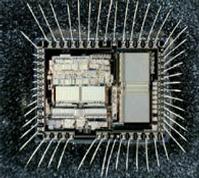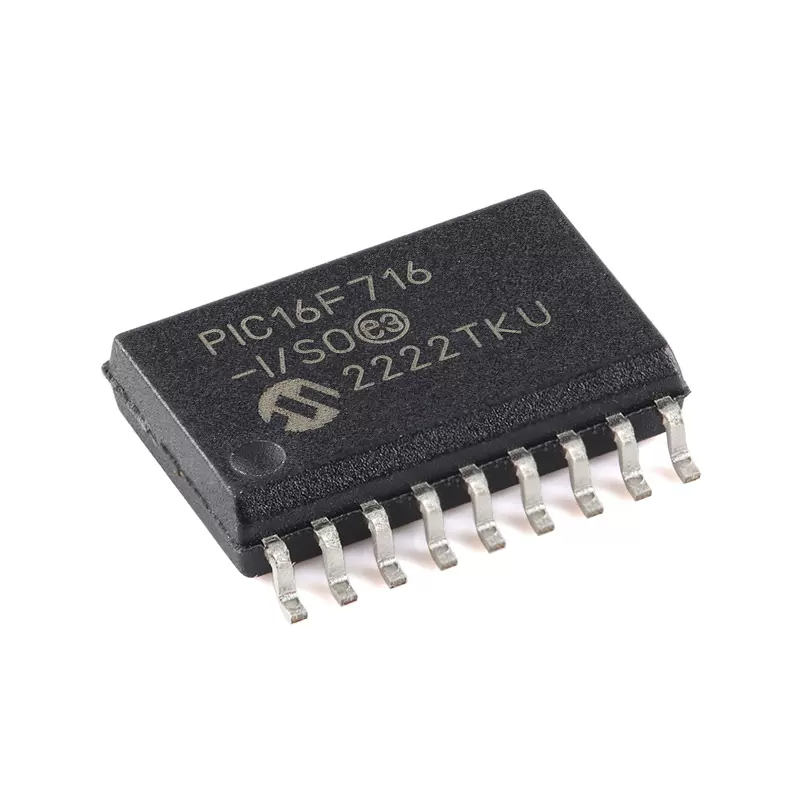Restore IC MCU Microchip PIC16F716
The Microchip PIC16F716 is a compact yet powerful microcontroller (MCU) widely deployed in a variety of low-power and cost-sensitive embedded applications. As with many modern MCUs, it features secured memory and protected access to prevent unauthorized reading or duplication of its internal firmware, flash, and EEPROM contents. While this built-in security is essential for intellectual property protection, it can pose serious challenges when legitimate recovery of the program or source code is needed.

In cases of lost backups, forgotten access credentials, or legacy system maintenance, the need to restore the PIC16F716 becomes urgent. Whether it’s to retrieve vital binary files, readout critical configurations, or replicate an existing system design, accessing the contents of a locked microcontroller is a complex but often necessary task.

Technology and Security of the PIC16F716
The PIC16F716 employs hardware-based code protection features that prevent external tools from directly accessing or copying the firmware stored within. The flash memory, EEPROM, and other internal data archives are guarded against probing and direct access attempts. Once the MCU is locked, standard development interfaces are usually restricted, making conventional debugging and data retrieval nearly impossible.
This level of security is ideal for protecting commercial products but presents serious roadblocks for those seeking to restore, readout, or clone an existing system for repair, replacement, or integration purposes. The microcontroller is designed specifically to withstand unauthorized attacks or readout attempts, and to erase sensitive data under suspected intrusion.

We can restore IC MCU Microchip PIC16F716, please view below chip features for your reference:
Microcontroller Core Features:
· Only 35 single-word instructions to learn
– All single-cycle instructions except for program branches which are two-cycle
· Operating speed: DC – 20 MHz clock input DC – 200 ns instruction cycle
· Interrupt capability (up to 7 internal/external interrupt sources)
· Direct, Indirect and Relative Addressing modes
Special Microcontroller Features:
· Power-up Timer (PWRT) and Oscillator Start-up Timer (OST)
· Watchdog Timer (WDT) with its own on-chip RC oscillator for reliable operation
· Dual level Brown-out Reset circuitry
– 2.5 VBOR (Typical)
– 4.0 VBOR (Typical)
· Programmable code protection
· Power-Saving Sleep mode
· Selectable oscillator options
· Fully static design
· In-Circuit Serial Programming (ICSP™)
CMOS Technology:
· Wide operating voltage range:
– Industrial: 2.0V to 5.5V
– Extended: 3.0V to 5.5V
· High Sink/Source Current 25/25 mA
· Wide temperature range:
– Industrial: -40°C to 85°C
– Extended: -40°C to 125°C
Low-Power Features:
· Standby Current:
– 100 nA @ 2.0V, typical
· Operating Current:
– 14 ìA @ 32 kHz, 2.0V, typical
– 120 ìA @ 1 MHz, 2.0V, typical
· Watchdog Timer Circuit:
– 1 ìA @ 2.0V, typical
· Timer1 Oscillator Current:
– 3.0 ìA @ 32 kHz, 2.0V, typical
Peripheral Features:
· Timer0: 8-bit timer/counter with 8-bit prescaler
· Timer1: 16-bit timer/counter with prescaler can be incremented during Sleep via external crystal/clock
· Timer2: 8-bit timer/counter with 8-bit period register, prescaler and postscaler
· Enhanced Capture, Compare, PWM module:
– Capture is 16-bit, max. resolution is 12.5 ns
– Compare is 16-bit, max. resolution is 200 ns
– PWM maximum resolution is 10-bit
– Enhanced PWM:
– Single, Half-Bridge and Full-Bridge modes
– Digitally programmable dead-band delay
– Auto-shutdown/restart
· 8-bit multi-channel Analog-to-Digital Converter
· 13 I/O pins with individual direction control
· Programmable weak pull-ups on PORTB


